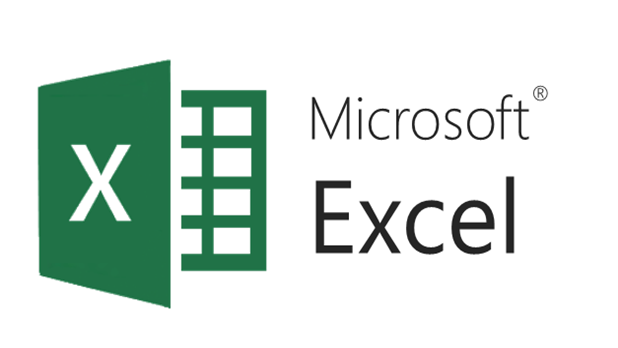Class 6 computer for the second term
Introduction
In this article, you will be able to know and learn about some important terminologies, MCQ, and Q&A that are frequently asked while learning and teaching class 6 computer science.
Terminologies
Application software
· Application software refers to a type of computer program that performs a specific personal, educational, and business function.
· Some common examples of application software are database programs, spreadsheets, and web browsers.
MS Office
· Microsoft Office refers to a suite of applications designed to help with productivity and completing common tasks on a computer.
· Microsoft Office allows you to create and edit documents containing text and images, work with data in spreadsheets and databases, and create presentations and posters.
· Microsoft Office includes Word, Excel, PowerPoint, Access, Publisher, OneNote, and Outlook.
Word processing
Word processing refers to the use of computer software to enter, edit, format, store, retrieve, and print a document.
Word processor
· Word processor refers to a type of software application used for composing, editing, formatting, and printing documents.
· Some common examples of word processors are Microsoft Notepad, Microsoft Word, Corel WordPerfect, Libre Office, WPS Office, Google Docs, EtherPad, and Dropbox paper.
Microsoft Word
· Microsoft Word is word processing software developed by Microsoft.
· Microsoft Word is a word processor.
· Microsoft Word features include spell check, grammar check, text and font formatting, HTML support, image support, and advanced page layout.
Microsoft Word editor
· Microsoft Word editor refers to a computer program that allows users to enter, change, store, and usually print text (characters and numbers).
· Microsoft Word editor allows you to create professional-quality documents, reports, letters, and resumes.
Header
· Header is the text placed at the top of the page.
· Headers are useful for including material that you want to appear on every page of a document such as your name, the title of the document or page numbers, the creation date, and the chapter heading.
Footer
· Footer is the text placed at the bottom or foot of the page.
· Footer is an area of a document page containing data common to other pages.
· Footer includes information like page numbers, creation dates, copyrights, or references that appears on a single page, or on all pages.
Footnotes
· Footnotes are text used to explain, comment on, or provide references to something in a document.
· Footnotes usually appear at the bottom of the page.
· A footnote is commonly used by writers to cite other authors’ publications in their documents.
Endnote
· Endnote refers to a text used to insert citations into documents.
· Endnotes come at the end of the document or section.
Table
· A table refers to a storage container storing data pertaining to a single object, subject, or purpose.
· A table is a grid of cells arranged in rows and columns.
· Tables can be used to organize content or text in the form of text or numerical data.
Mail merge
· Mail merge is a feature within most data processing applications that enables users to send a similar letter or document to multiple recipients.
· Mail merge primarily automates the process of sending bulk mail to customers, subscribers, or general individuals.
· Mail merge works with two documents, the data file, and the letter template.
Microsoft PowerPoint
· Microsoft PowerPoint refers to a presentation program.
· Microsoft PowerPoint is a standard component of the Microsoft office suite software.
· Microsoft PowerPoint uses slides to convey information rich in multimedia.
· Microsoft PowerPoint is used to create a slide show of valuable information through charts, and images for a presentation.
· Microsoft PowerPoint is commonly practiced in business and school presentations.
Slide
A slide refers
to a single page of a presentation.
Slide show
A slide
show is an exposition of a series of slides or images on an electronic device
or on a projection screen.
Animation
· Animation refers to the process by which still figures are manipulated to appear as moving images.
· Animation can be added to grouped objects and text.
Slide transition effect
The slide transition effect refers to the visual effect that occurs when you move from one side to the next during a presentation.
Spreadsheet
· Spreadsheet refers to a computer program that represents information in a two-dimensional grid of data, along with formulas that relate to the data.
· A spreadsheet is designed to hold numerical data and short text strings.
· A spreadsheet can capture, display, and manipulate data arranged in rows and columns.
· Some common examples of spreadsheet programs are Google sheets (online and free), LibreOffice-calc (free), Microsoft Excel, and OpenOffice- calc (free).
Microsoft Excel
· Microsoft Excel is a spreadsheet program that is used to save and analyze numerical data.
· Microsoft Excel allows calculation or computation capabilities, graphing tools, pivot tables, and a macro programming language called Visual Basic for applications.
· Microsoft Excel is a commonly used Microsoft Office application developed by Microsoft for Windows, macOS, Android, and iOS.
Workbook
A workbook refers to a file in which multiple worksheets are stored.
Worksheet
· Worksheet is a collection of cells
organized in rows and columns in which you can enter and calculate data.
· A worksheet is always stored in a
workbook.
Click the link given below to download
To know more do visit https://zueducator.blogspot.com








No comments:
Post a Comment